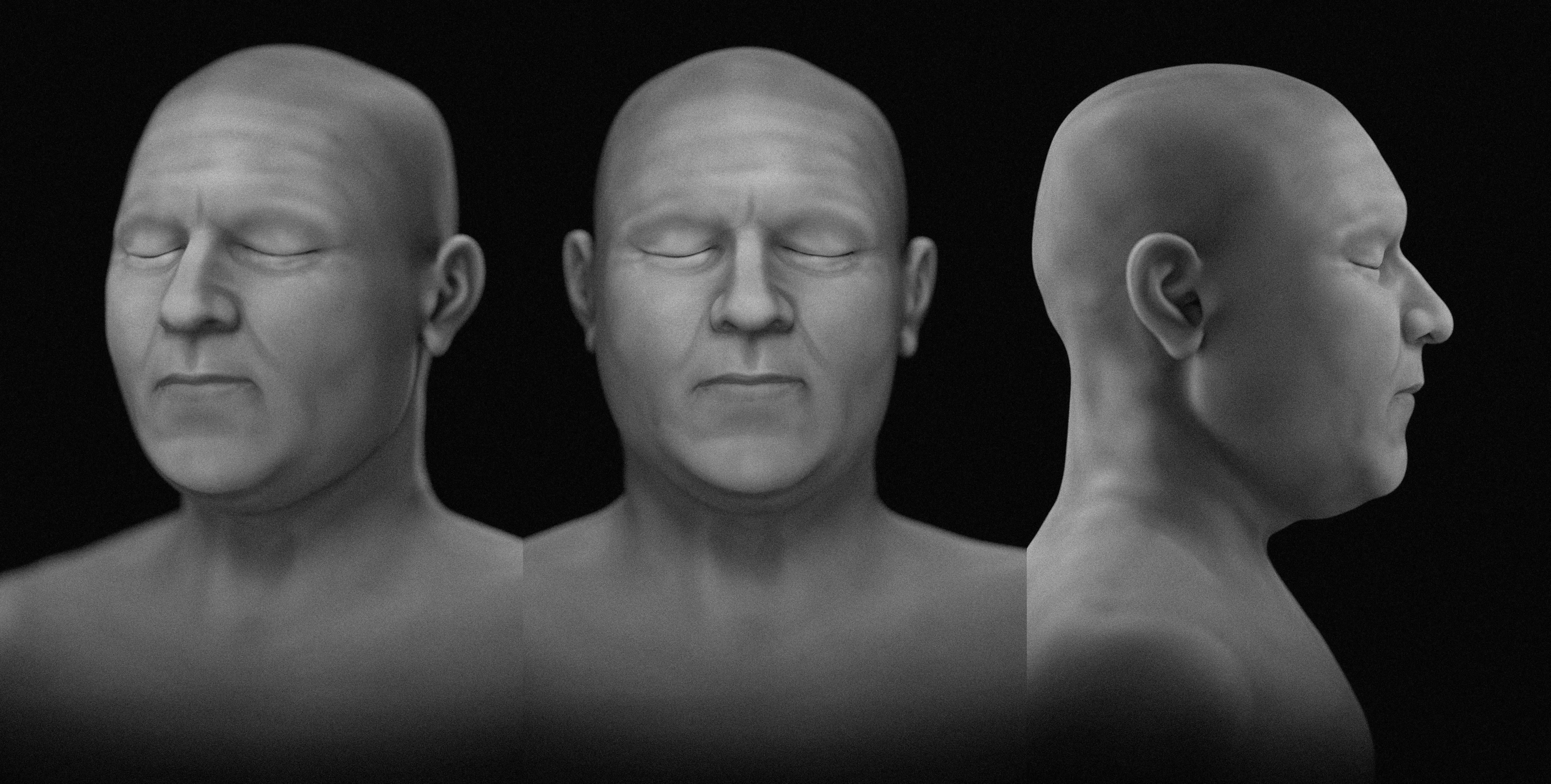Known by his superb nickname “The Magnificent”, Pharaoh Amenhotep III oversaw arguably the most glorious period in Ancient Egyptian history, bringing peace and prosperity to the empire while commissioning the construction of some of its most lavish landmarks. Now, more than 3,350 years after his death, the ancient ruler has finally been restored to his former brilliance thanks to a new reconstruction of his mummified face.
Presiding over Egypt for just under 40 years during the 18th Dynasty of the New Kingdom, Amenhotep III ascended the throne while still a child and went on to become one of the most famous men ever to walk along the banks of the Nile. Reigning between approximately 1388 and 1351 BCE, the main segment of the temple at Luxor was built under his rule, as well as numerous impressive structures at Karnak and Memphis.
Among the most iconic monuments created in Amenhotep III’s honor was his memorial temple at Kom el-Hettan, which is guarded by two enormous statues known as the Colossi of Memnon.
However, while he may be among the most famous and well-studied pharaohs, Amenhotep III’s mummy is unfortunately in a sorry old state, having been damaged by grave robbers and humidity over the course of several millennia. Lamenting the extent of the decay, the authors of a new study documenting the facial reconstruction explain that “the largely skeletonized head does not allow direct conclusions to be drawn about the individual’s facial appearance intra vitam [during life] by mere observation, as is the case for well-preserved mummies.”
Further complicating the issue, it seems that Amenhotep III was not embalmed in the traditional way, but was subjected to a rather peculiar mummification process. “He appears to have been dried out in a saturated liquid natron bath, stuffed out, sealed with several layers of resin and eventually transformed into a ‘statue-like mummy’, more like a statue than a conventional mummy,” write the study authors.
To recreate the king’s likeness, the researchers had to rely on notes made by the Australian anatomist Grafton E. Smith, who first studied the mummy in 1905. Cross-referencing this data against photographs of the body, the researchers found that Smith had incorrectly recorded the cranial length as 194 millimeters (7.6 inches) when it in fact measured just 174 millimeters (6.85 inches).
Smith also measured the distance between Amenhotep III’s eyes, the dimensions of his eye sockets, the width of his nose, and numerous other key features – all of which enabled the researchers to build an accurate model of the pharaoh’s skull. Computed tomography scans of living individuals were then superimposed over this in order to define the soft tissue, giving a full reconstruction of the ancient face.

A grayscale reconstruction of Amenhotep III’s face.
Image credit: Moraes et al., Clinical Anatomy (2024), Courtesy of Cícero Moraes
Because this resulting model doesn’t include information about Amenhotep III’s hairstyle or color, the shape of his eyeballs, or the tone of his skin, the study authors have published an “objective” image with no hair, closed eyes and grayscale coloration. A second, more artistic image was also created, this time displaying a hirsute, open-eyed, full-color version of the pharaoh, complete with royal clothing appropriate for the period in which he lived.
We have to say, this second image seems much more fitting of someone called “The Magnificent”.
The study is published in the journal Clinical Anatomy.
Source Link: This Is The Face Of Ancient Egypt’s Greatest Pharaoh